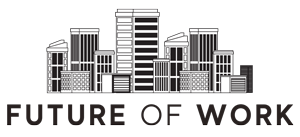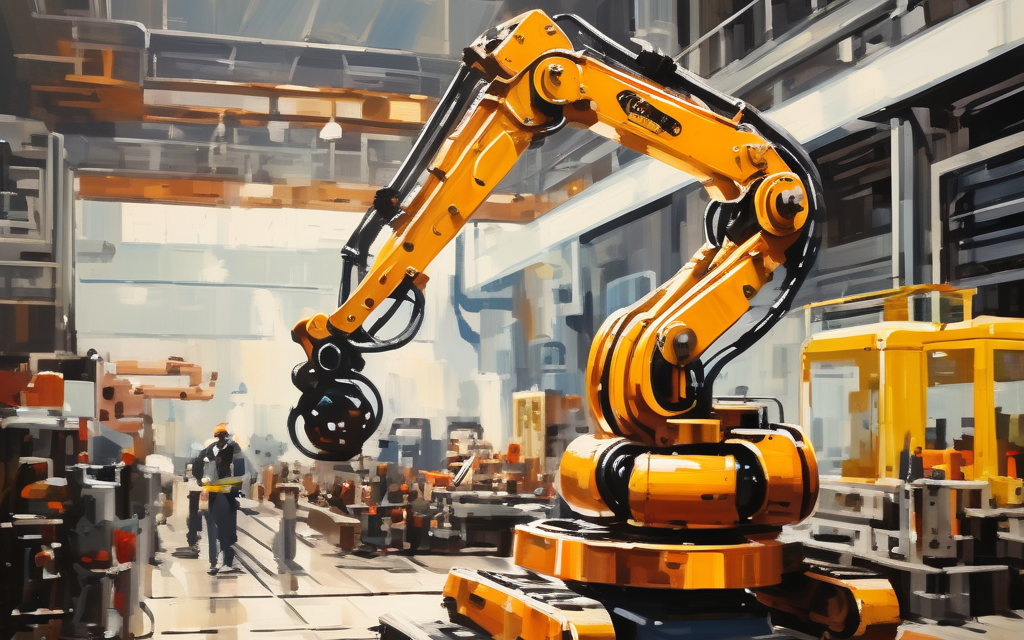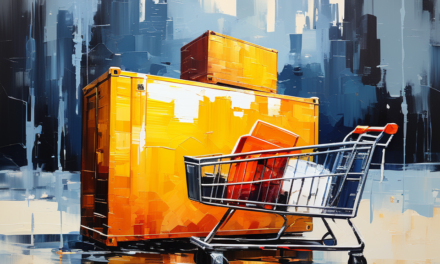The global warehouse robotics market is on a trajectory for significant growth, with projections indicating a Compound Annual Growth Rate (CAGR) of 13.2% by 2030.
According to a report by Allied Market Research, this surge is primarily propelled by increased demand for automation, particularly in response to fierce competition in e-commerce and the expansion of stock keeping units.
Driving Forces and Challenges
The rise of warehouse robotics is fuelled by the need for automation in response to escalating competition in the e-commerce sector, alongside the proliferation of stock keeping units and advancements in automation technologies. However, challenges such as the high initial cost associated with training and deployment, concerns over job displacement, and difficulties in human-robot interaction for certain end users pose hurdles to widespread adoption.
Among various segments, mobile robots currently dominate the market, driven by their versatility and widespread application across industries such as automotive, chemicals, and pharmaceuticals. Meanwhile, Cartesian robots are projected to witness the fastest growth due to their superior positioning accuracy. In terms of industry verticals, the e-commerce sector commands a significant share, with growing demand for robots to streamline warehouse operations. Despite this dominance, the pharmaceuticals segment is expected to exhibit the fastest growth rate.
Regional Outlook and Key Players
North America leads the global warehouse robotics market, accounting for a significant share, while the market in the LAMEA region is anticipated to witness the fastest growth rate. Key players in the industry include ABB Ltd., Fanuc Corp., Kuka AG, and Amazon Robotics, among others. However, the market experienced setbacks in 2020 due to the COVID-19 pandemic, leading to disruptions in production activities and supply chains. Despite these challenges, the market is expected to rebound, with recovery projected to commence from the first quarter of 2023 onwards, aided by the easing of restrictions and the resumption of industrial activities.






